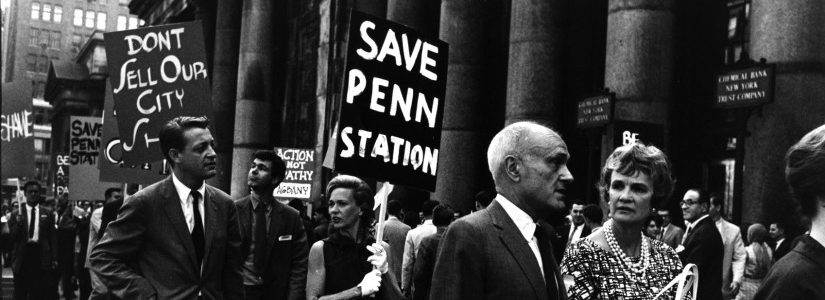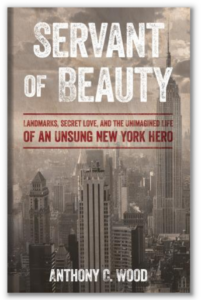
It’s Your Memory. It’s Our History. It’s Worth Saving.
May 14, 2010 | by Anthony C. Wood, Founder & Chair
Article from the Spring 2010 Newsletter
Winston Churchill is credited with the observation “History is written by the victors.” Whether it be the victors or the vanquished, history is less likely to be written if the documents and memories needed to tell the story have been lost. That’s why the New York Preservation Archive Project does what it does: preserve, document, and celebrate the history of preservation in New York City.
How likely is it that the story of your preservation organization, your designation campaign, your battle to save a threatened site, or your revitalization of a historic place is going to make it into some future account of NYC preservation history? Will new residents in your neighborhood appreciate your hard-won historic district designation, or will they take it for granted, thereby jeopardizing the future of the district? (As we know, vigilance is the price of preservation.) Will the lessons you learned in successfully saving a landmarked site go with you to the grave, or will they be available to instruct a new generation of preservationists? Shouldn’t future generations be able to benefit from our successes and failures?
As we enter the forty-fifth anniversary year of the passage of our landmarks law (April 19, 2010 to April 18, 2011), the Archive Project is making it easier than ever for you to capture your preservation story. This spring we are unveiling Landmarks45.org, a website devoted to this anniversary. Landmarks45 will serve as a community meeting place for the preservation community and gather media from across the web in one location. It also has two elements specifically designed to let you begin to preserve your preservation memories.
First, you can share your pictures and documents, participate in conversations, and tell your own preservation stories. In June of 1978, were you on the Landmark Express to Washington, D.C. for the arguments in front of the Supreme Court in the Penn Central Case? Tell us what it was like. Were you at the August 1981 demolition of the famous Biltmore Hotel? Did you take pictures? Post them online
The second way to get your preservation history “on record” is to help us construct a chronology of preservation events since the passage of the law. Go to our interactive, wiki-style chronology where you can log in the date, place, and details of an event in preservation’s history that you feel should be captured for the record. This is the chance to record both personal and organizational accomplishments. If your organization was founded post- 1965, make sure its birthday is on the timeline. Did you produce an important preservation publication like “End of the Road for Ladies’ Mile?” Add its publication date to the chronology. What about red-letter days in your efforts to preserve a particular place? This is not the time to hide your light under a bushel basket.
In the great span of history, 45 years doesn’t seem like much, yet it doesn’t take long for people to forget. Not long ago I mentioned the name of Halina Rosenthal to a young preservationist and received a blank stare. How can we expect newcomers to the old to know of, benefit from, or be inspired by preservation’s own heroes and heroines if that legacy has not been documented or preserved? If that history isn’t captured now, it is at risk of being lost forever. If you don’t help us preserve it, who will? Remember: “It’s your memory. It’s our history. It’s worth saving.”




